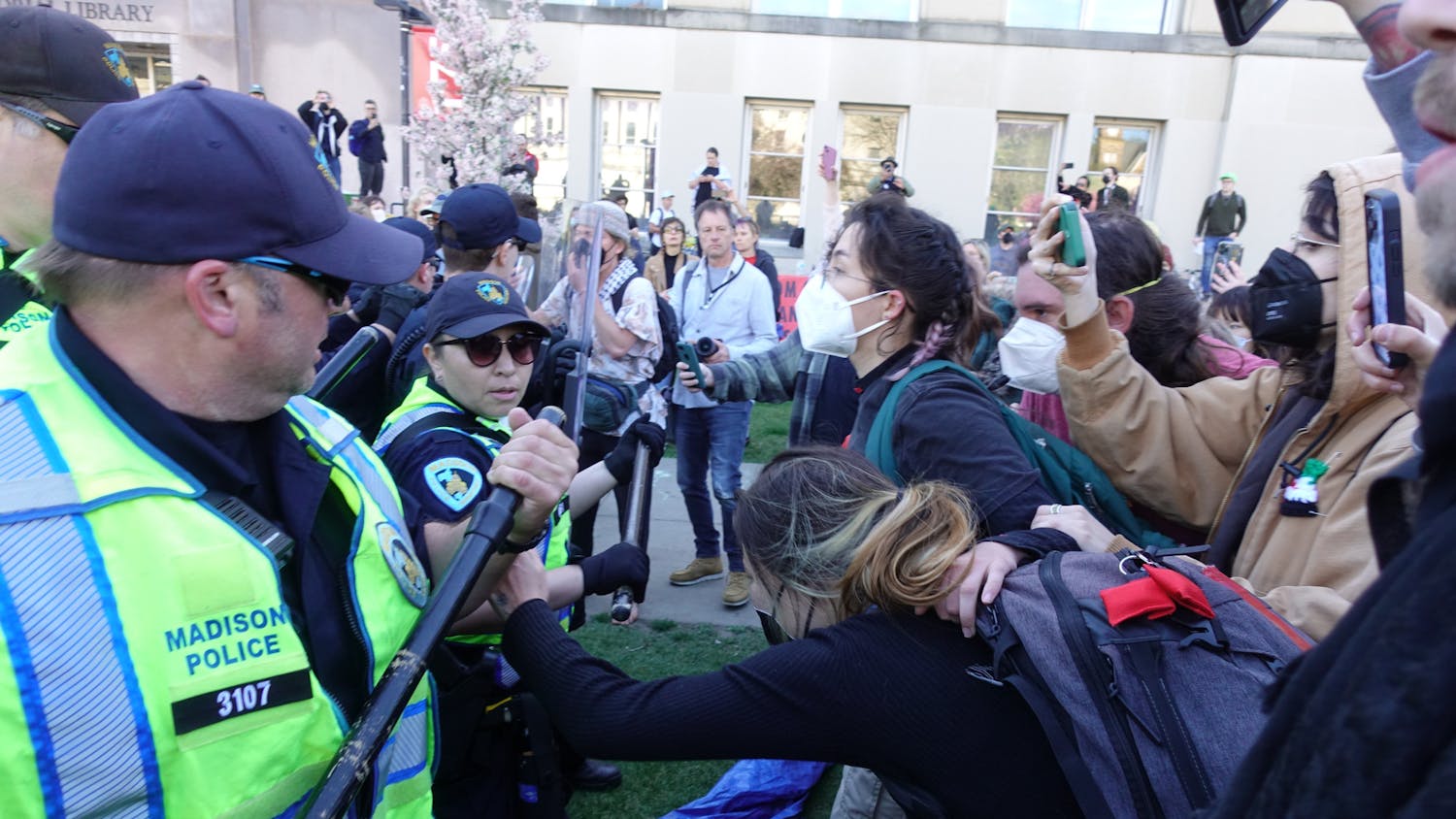Recent construction in the University of Wisconsin-Madison’s Mosse Humanities building involved stripping down flooring that contained asbestos, a hazardous substance, per a request from the School of Music initiated on March 11 and 13.
The renovations included stripping down the basement study area to remove asbestos-containing flooring and the implementation of a negative-pressure enclosure to prevent asbestos fibers from escaping the containment area, according to Andrew Brunner, communications manager for UW-Madison Facilities Planning & Management.
Asbestos is a hazardous substance that presents health risks to individuals who inhale its fibers.
When asbestos-containing materials are broken down, the asbestos fibers are released into the air, risking contact with individuals in the area, said Marty Kanarek, a UW-Madison professor of Population Health Sciences. The indestructible nature of the fibers makes them dangerous once broken down into smaller fibrils.
This poses a heightened risk to construction workers, especially in older buildings, Kanarek said.
“It's well known to cause several diseases in workers who are exposed to asbestos like mesothelioma, the cancer of the pleura, which is the lining of the lung or the perineum,” Kanarek said.
UW-Madison follows state and federal protocol when conducting renovations that handle asbestos-containing materials for the safe inspection, removal and disposal of asbestos, according to Brunner.
“Safety of the campus community is of utmost importance to the University of Wisconsin-Madison,” Brunner told The Daily Cardinal.
Other future construction projects might require precautions when dealing with asbestos-containing materials due to health risks that come from breaking down materials during remodeling projects, according to the Environmental Protection Agency.
“When you tear something down, a worker can be exposed. There are supposed to be precautions. The worker has a breathing apparatus, this separation by a moon suit between the worker and the asbestos,” Kanarek said.
According to Brunner, a state-certified asbestos abatement contractor utilizes a strict set of guidelines when working with asbestos. This includes enclosing the containment area with fire-retardant polypropylene to limit fire risk.
After removal, a series of checks are made before the work is signed off on. Materials are abated and the cleanliness of the area is ensured through thorough inspection. Aggressive air clearance is also conducted with an air monitor to confirm that no residual material remains, according to Brunner.






